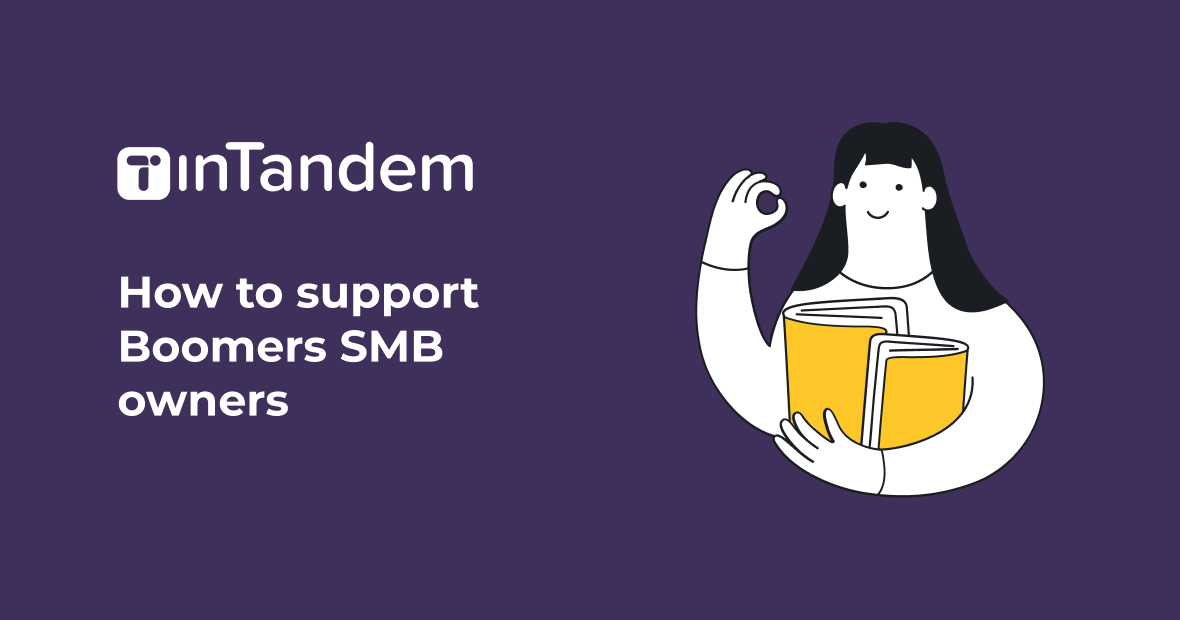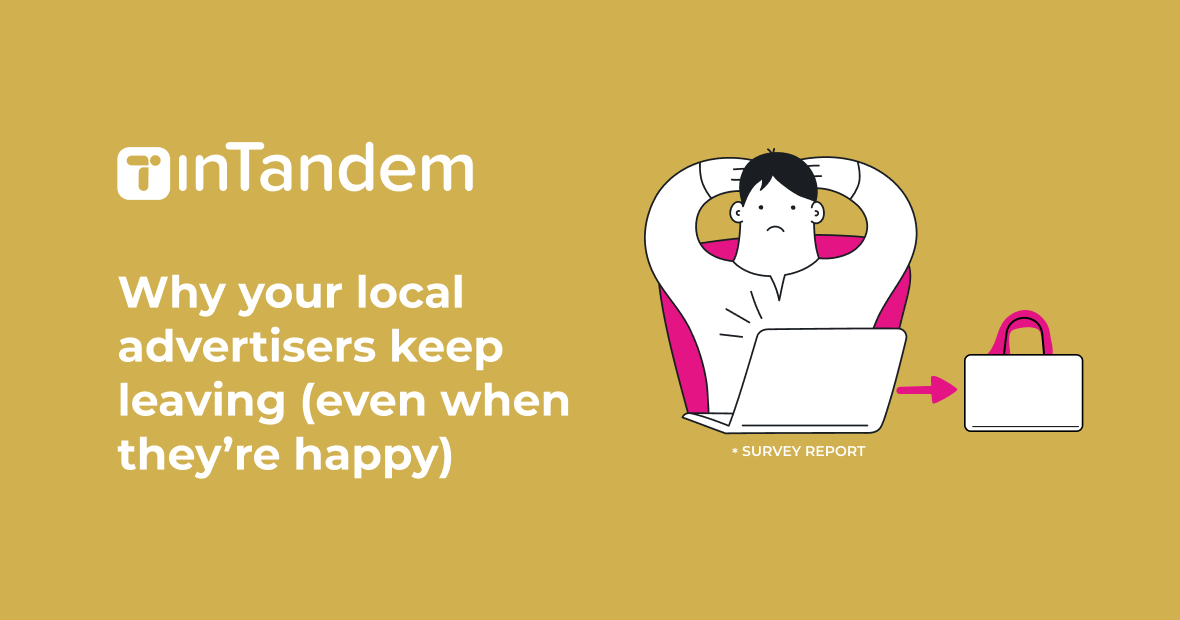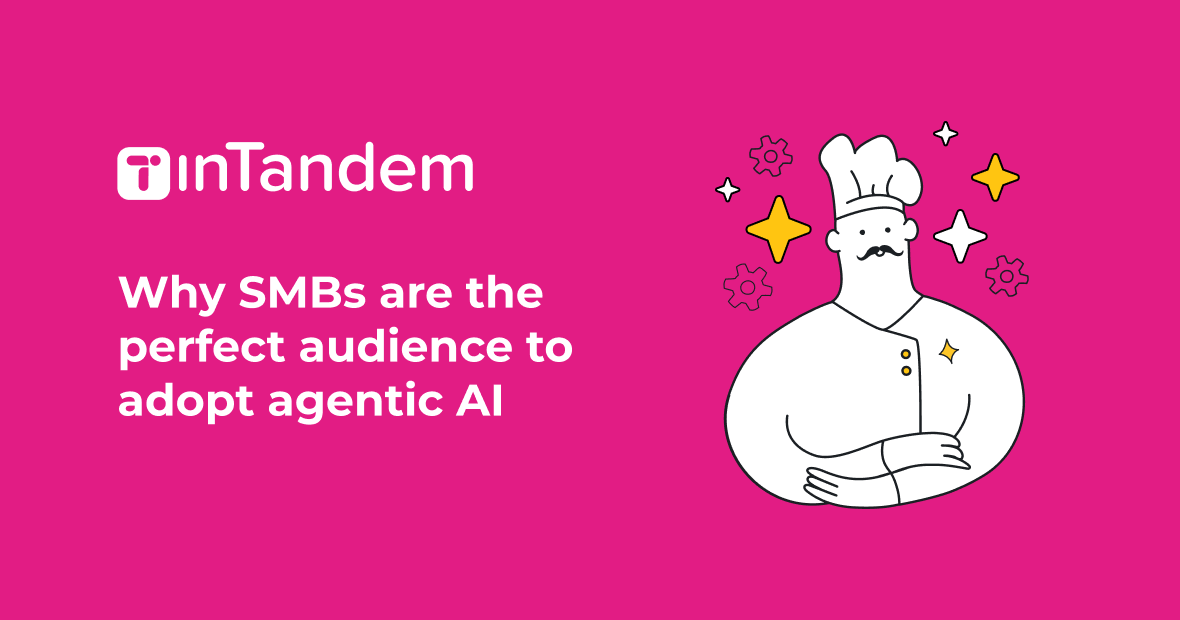When most people think of a freelancer or an independent small business owner, they usually imagine younger people who don’t want to be part of the rat race and/or middle-aged people following their dreams. Many people don’t realize just how many gig workers, solopreneurs, and local entrepreneurs are in their 60s to 80s.
And yet baby boomers make up a significant swath of the SMB universe. Whether they can’t afford to retire or simply love what they do, these “boomer-preneurs” are financially savvy and digitally able, even if they’re not digital natives. They want the same small business tech that other business owners use – they just might appreciate a little more guidance.
Boomer business owners are a rising trend
Baby boomers are the second largest generation in the US after Millennials, and they’re taking over an ever-increasing segment of America’s small businesses. According to one survey, boomers make up 41% of the country’s small business or franchise owners, just slightly behind Gen X at 44%.
COVID-19 pushed boomer business ownership higher. The pandemic forced many people to rethink their lives to start up their dream businesses or change their work-life balance, either because of layoffs or because the “great reset” provoked them into reconsidering their priorities. A similar trend appeared after the great recession.
More baby boomers than younger generations bought and expanded existing businesses during the pandemic, with boomers making up 30% of all those leading small business M&As.
While baby boomers’ bigger savings cushion certainly played a role, they may also be a disproportionately hopeful cohort, especially when it comes to business. One study from this past winter found that 46% of boomers said they are optimistic about their business prospects, compared with 34% of Gen X-ers and 34% of Millennials.
Pensions aren’t enough
The upwards trajectory of boomer business ownership owes a lot to financial necessity as well.
More and more people reaching what used to be retirement age today find they can’t afford to stop working. What’s more, boomers are often forced out of their jobs and struggle to find new employment because of age discirmination, so they turn to running their own business or gig work to fill their income gap.
In Q3 2020, about 28.6 million baby boomers retired, 3.2 million more than in Q3 2019, a rise that’s largely due to pandemic job losses. And yet, a 2019 report found that approximately one out of every five baby boomers works part time after retirement.
We can only expect that trend to rise against the background of pandemic layoffs. Of these SMB owners, 32% said they were doing it to earn more discretionary income.
Some continue working as a self-employed consultant or freelancer in the same line of work they were in before – as accountants, project managers, or designers, for example – but others follow a passion they always wanted to explore, or set up a business in response to a niche they spotted in their community. Still others simply buy a successful business for the sake of the income.
As people live longer, staying active gains importance
But boomer business owners aren’t all about the cash. Today’s retirees are very different from those of even 20 years ago, with not just a longer life expectancy, but also more years of healthy and active old age ahead of them.
Retirees in 2021 aren’t content with knitting, golf, and rounds of bridge. They want a challenge, but they also want flexibility to take time off for travel, meeting friends, and caring for their grandkids.
They run their own business because they want the intellectual exercise, but don’t want to be tied to an office job. Consider the 19% of baby boomers who run their own business because they enjoy it, and another 14% who do it to stay intellectually active.
Boomer-preneurs need digital business, too
It would be a big mistake to think that older SMB owners aren’t interested in the same digital business operations as younger ones. They may not be digital natives, but they’re entering the SMB world because they are eager to learn new skills.
Additionally, boomers are far more comfortable with new technology than you might think, especially after the pandemic forced everybody to use more digital channels. In 2021, 85% of baby boomers regularly view their personal bank account balances online, 84% pay their bills online, and 80% say they feel confident using digital tech.
It’s clear that the classic stereotype of boomers as tech-ignorant and scared of innovation is false. With boomers embracing tech as consumers, there’s no reason to expect anything different in their business lives.
It’s also worth remembering that boomers are more financially literate than younger generations, so they want to keep on top of their business finances and welcome tools to make it smoother and more painless. They want the same online scheduling, contactless payment processing, digital invoices and receipts, SMB project management platforms, cloud accounting and bookkeeping, and similar tools that enterprises are throwing at the heads of millennials and Gen Z.
Keep boomer empowerment in mind
In short, today’s older generations have as much demand for financial and operational support in their business endeavors as Millennial and Gen X SMB owners do, if not more.
Boomers appreciate their business networks and finance partners. Less impulsive than other generations, they are cautious in their decision making. Yes, they are likely to need a little more hand-holding when it comes to setting things up, and would probably appreciate some more support to help them master the tools of the trade, but without any patronizing, thank you.
Some are nervous about using apps for security reasons, in which case a simple concierge tour of two-factor authentication best practices can help them to feel more comfortable. Others are concerned that reliance on digital could mean losing the personal relationships they have with the people in their bank’s branch, so it may help these people to see how their mobile apps provide easier access to knowledgeable, helpful humans.
Many would like simple accessibility tools like adjustable text size and static interface widgets (which you should be offering anyway!), which is something that Kevin Tynan was already emphasizing in American Banker back in 2016. Boomers might also prefer their educational tools in a different format, like step by step written instructions instead of videos. They also might want to know whenever a big interface change is coming, so they can have some time to get used to it.
But one thing’s for sure: they want the tools.


























